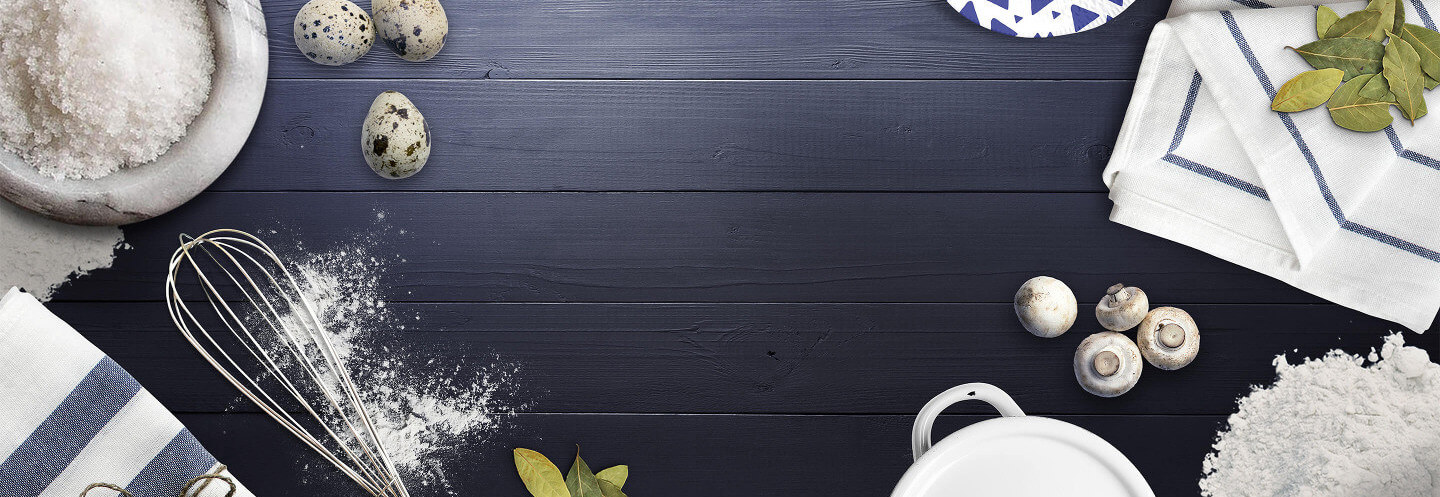https://www.copymethat.com/r/JMQ1aWgQt/dr-snyders-pickled-eggs-canning-process/
10410153
dTnMRLz
JMQ1aWgQt
2024-11-09 02:46:53
Dr Snyder's Pickled Eggs & Canning Process
loading...
Copyright 1998 by O. Peter Snyder, Jr., Ph.D.
Hospitality Institute of Technology and Management
Hospitality Institute of Technology and Management
Ingredients
Steps
- Let me begin by considering the question of Clostridium botulinum in the eggs. Clostridium botulinum has never been identified as invading the egg. The FDA acknowledges this by identifying air-cooled, hard-boiled eggs as not being a potentially hazardous food. So, without C. botulinum as a concern getting into the middle of the egg, the food safety issue is to take care of the contamination of the eggs after they are cooked and peeled. At that point they are recontaminated, especially by pathogens from your hands.
- subheading: Let's use as ingredients for the recipe those identified in "So Easy to Preserve" (3rd ed.) from The University of Georgia Cooperative Extension Service. This calls for:
- 16 fresh eggs
- 2 tablespoons whole allspice
- 2 tablespoons whole peppercorns
- 2 tablespoons ground ginger
- 4 cups white vinegar, nominal 5% acetic acid acidity
- 2 tablespoons sugar
- This recipe can be adjusted for how many eggs you want to make.
- subheading: PROCESS:
- Make enough pickling solution in a stainless steel or glass pot to cover the eggs. Cover and bring to 200F.
- Get a deep pan of water in which to set the jars with the eggs in solution when they are hot packed. The water should come up ¾ of the jars' height (or higher if possible without floating the jars) after the jars are packed with eggs and placed in the pan. Bring water to a simmer, 200F.
- Now, hard boil the eggs. This means cook about 12 to 14 min in boiling water until the eggs have a center temperature of about 195F. The eggs should be about two weeks old, because they will peel better. All of the vegetative pathogenic cells are killed, but not the spores. The vinegar will control the spores.
- When the eggs are hard boiled, remove, peel them hot. As they are peeled, do not break the surface of the egg white so that they remain whole. If the surface is broken the bacteria will be able to penetrate further into the eggs and be a little harder to control.
- Fill each jar loosely with warm eggs. Now, fill jars carefully with the vinegar solution at 200F. There needs to be enough solution to cover the eggs completely. Leave as little air space at the top as you can. Yeast and mold can grow in the air space under some conditions.
- Put the filled jars into the hot water bath. Loosely lid each jar. Let them stay in the bath until the temperature of the liquid in each jar gets above 180F.
- Tighten the lids. Place jars on the counter for about 2 hours so that they can air cool to room temperature.
- Clean up.
- Store the eggs. The flavor will change slowly with time as they chemically spoil. But the micro is taken care of. The cooler you store them, as in your basement, the slower the chemical changes in the eggs. I would eat them in 6 months to assure good quality.
- The critical control is the vinegar and low pH, which prevents the spores from growing in the cooked bottled eggs.
- This is a HACCP procedure. The spices can be changed, if desired, because the final pasteurization will assure that the microorganisms in the spices are destroyed. Do not, however, change the vinegar, sugar, or times and temperatures that I have mentioned, because they are critical controls. Putting the lids on the jars loosely in the pan allows the inside of the jars to become thoroughly pasteurized. This will prevent mold or yeast problems growing on the surface under the lid and spoiling the product.



